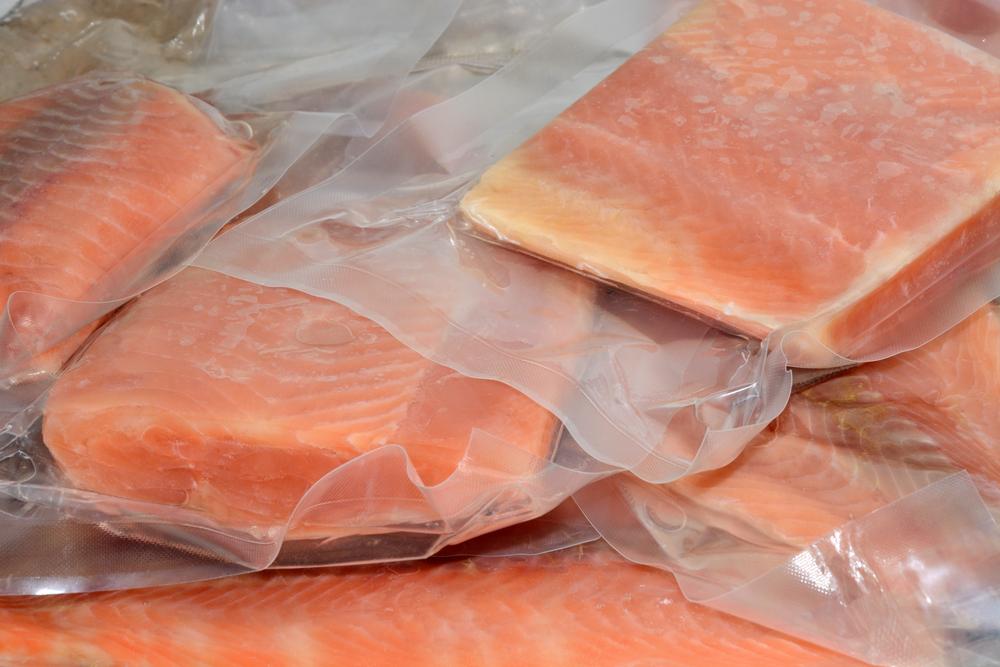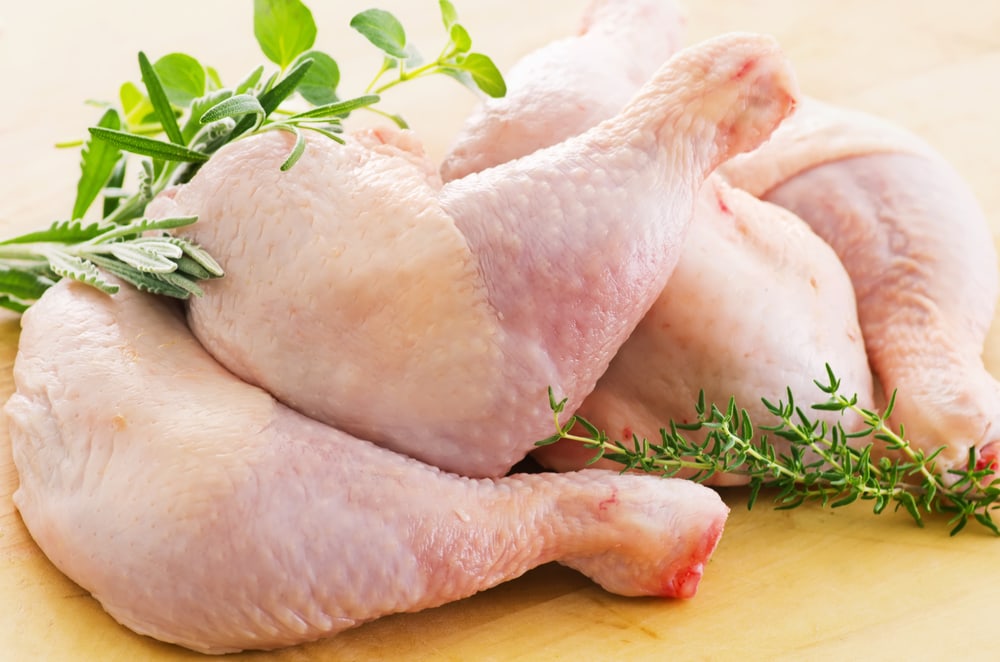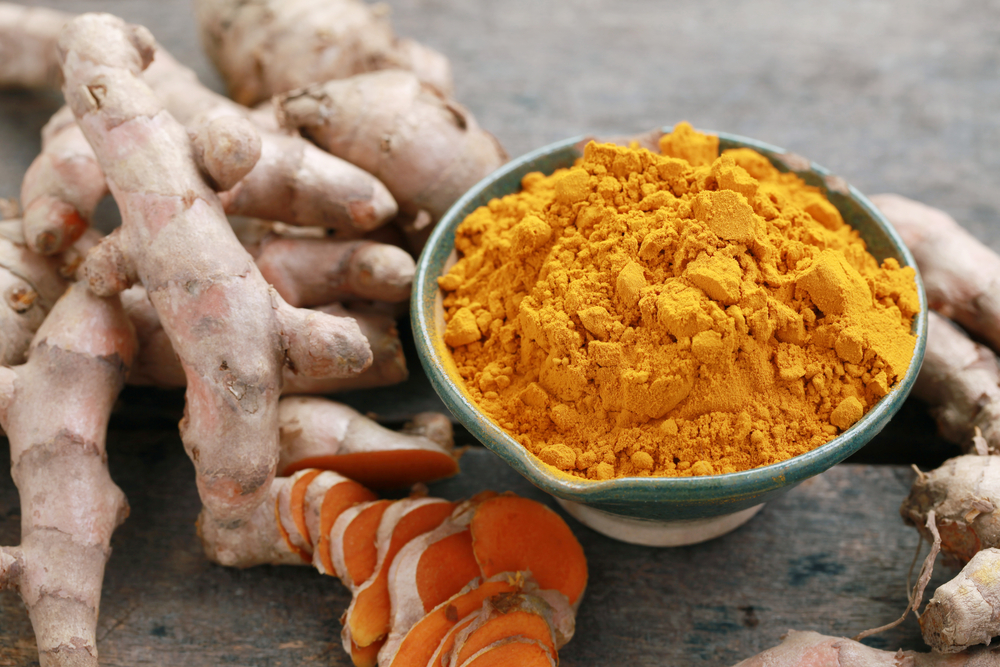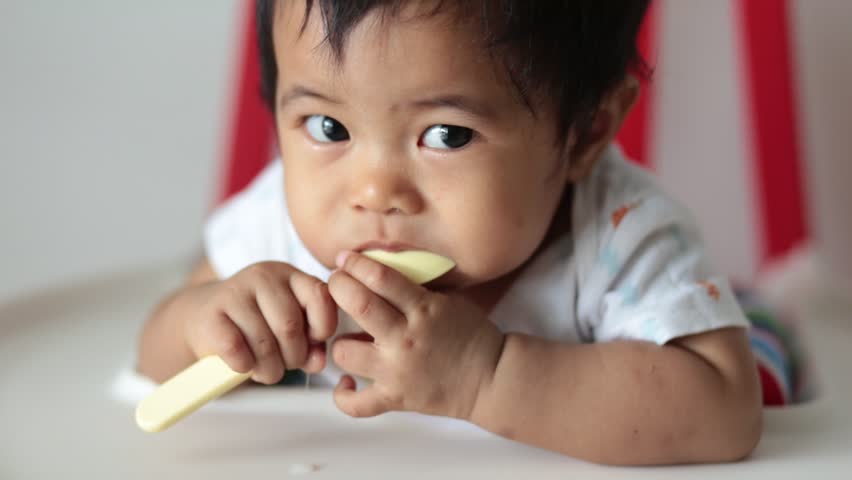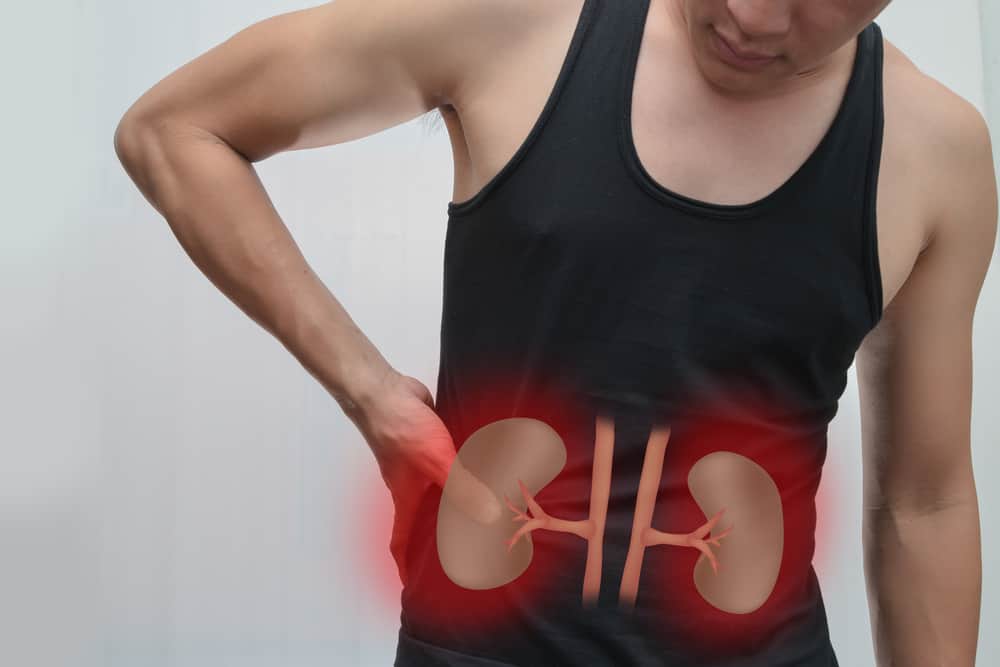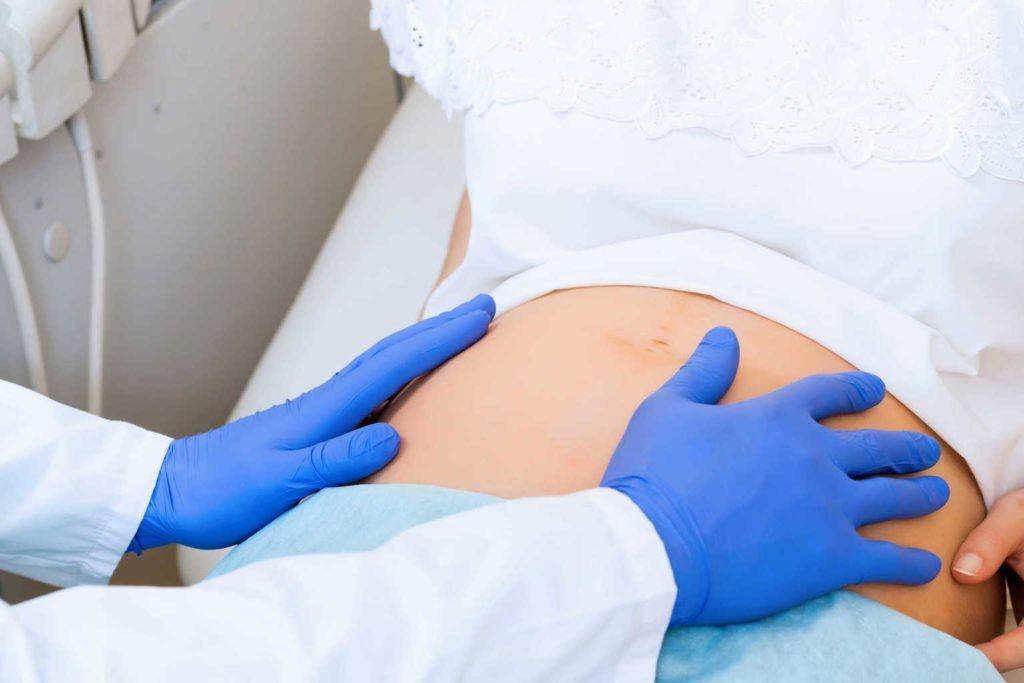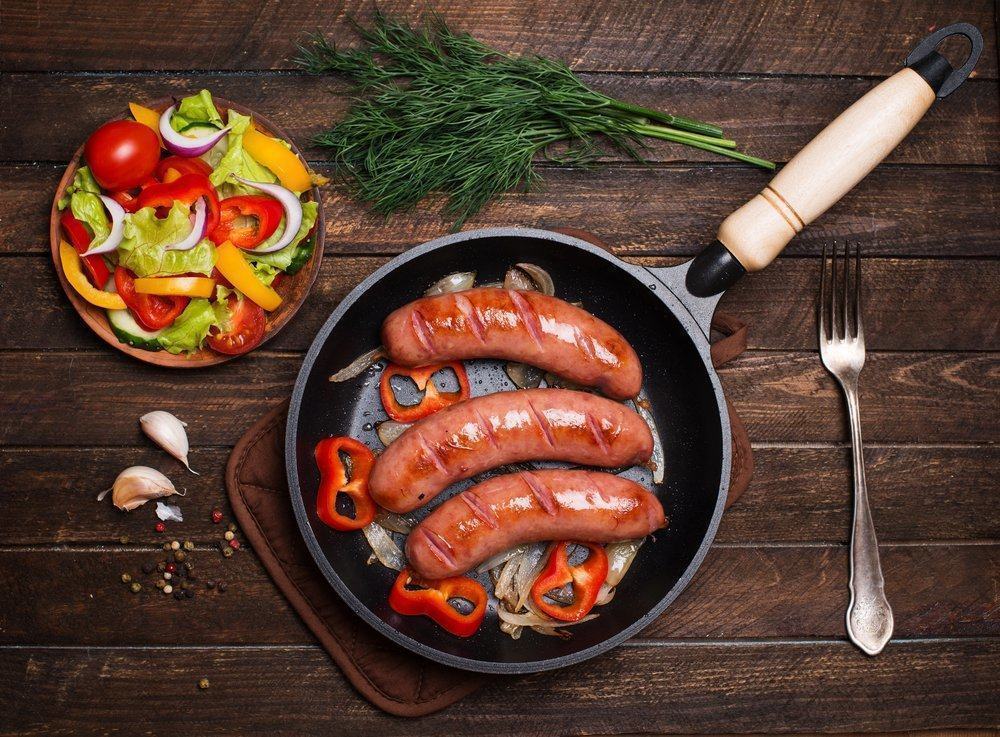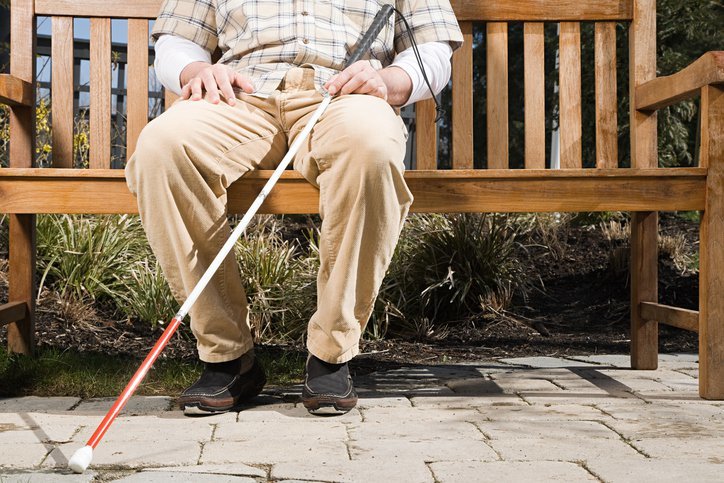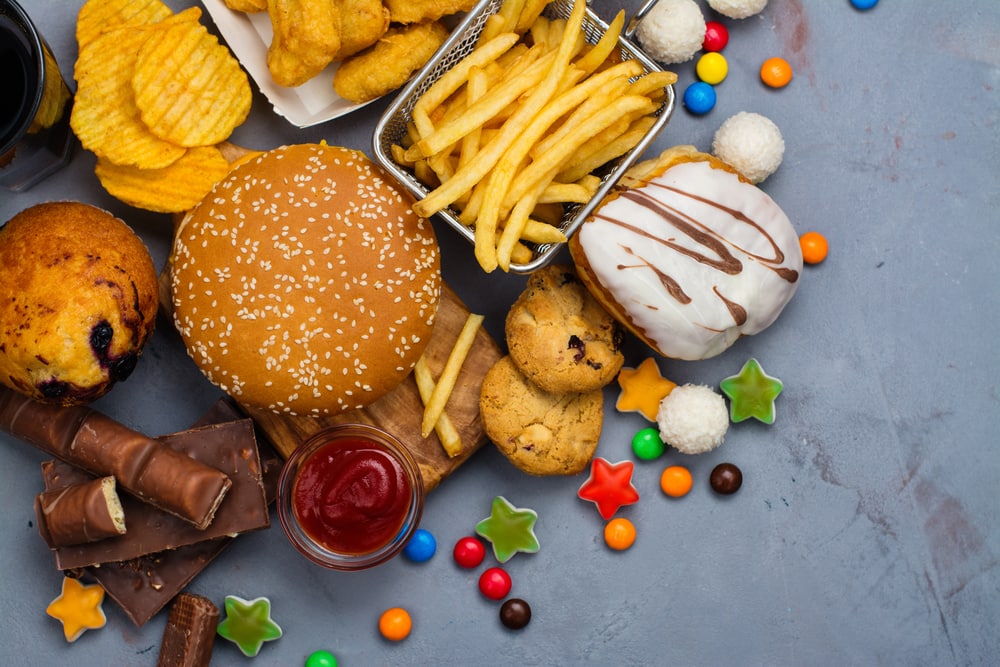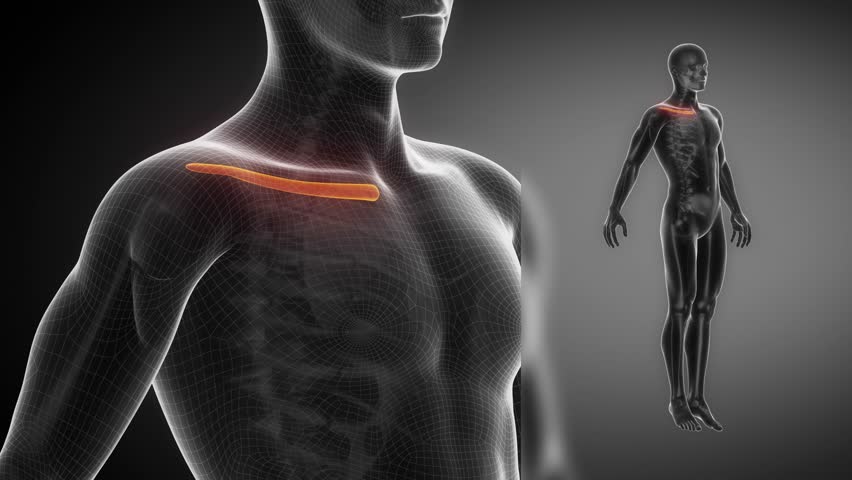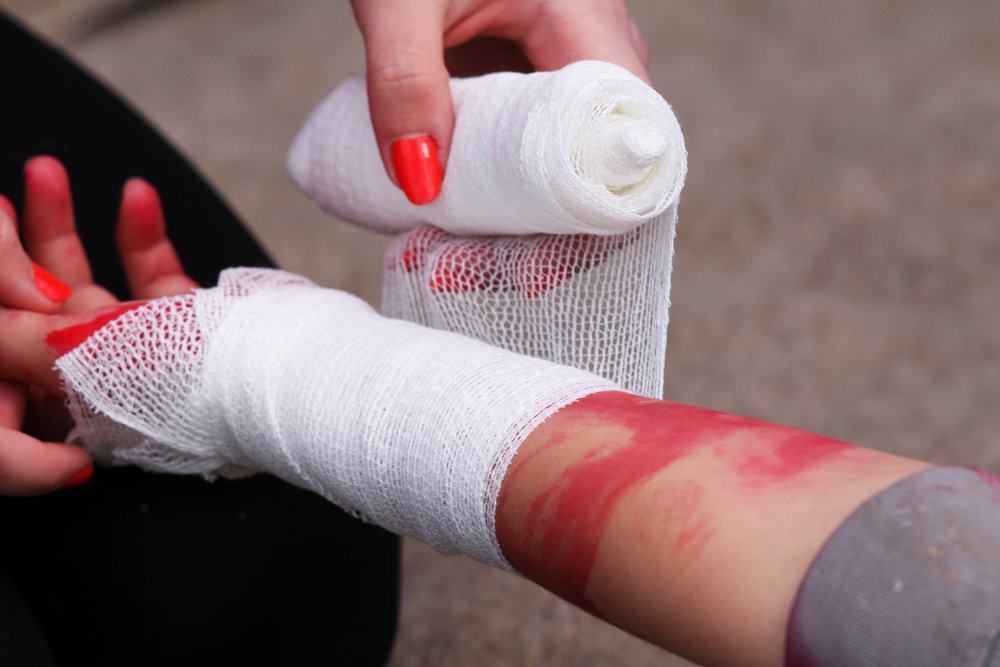Contents:
- Medical Video: How to Defrost Meat Quickly & Safely
- Do not leave at room temperature
- If you can't leave it at room temperature, what is the right way to melt frozen food?
- Meat: transfer from the freezer to the refrigerator rack
- Packaging food: soak in cold water
- Can you warm frozen food using a microwave?
- Can you freeze the remaining food?
Medical Video: How to Defrost Meat Quickly & Safely
For people who are super busy, storing various choices of frozen food in the fridge is more practical than having to cook from scratch every time you want to eat.Frozen food is practical. But many who don't know how to properly process frozen food. To melt frozen food it turns out that it takes the right process in accordance with the type of food so that the quality of the ingredients is maintained.
If the process of melting it is not correct, the taste of food may change. It also does not rule out the possibility that how to liquefy the wrong frozen food can make the processed food even exposed to bacteria.
Do not leave at room temperature
Leaving frozen food at room temperature for hours is a way to melt the most popular frozen foods. It seems almost everyone has done this. But did you know that this method is actually wrong?
When frozen food has softened and reaches a warmer temperature of 4.4 degrees Celsius, bacteria that may be present before freezing can increase. The longer the food is exposed to environmental temperatures, the bacteria will multiply rapidly. In essence, frozen food should not be left at room temperature for more than two hours. Even easily damaged foods should not be melted with hot water.
If you can't leave it at room temperature, what is the right way to melt frozen food?
Here are some ways to melt frozen foods that are safe so that frozen foods remain healthy and safe for consumption - according to the type of food.
Meat: transfer from the freezer to the refrigerator rack
Melting frozen meat does take a long time, even overnight. Therefore, you should start thawing it before you start cooking. Transfer the frozen meat that you have stored in the freezer to a special refrigerator rack (don't put it together with a shelf of fruit and vegetables!) So that liquid melt from meat full of bacteria doesn't spread to other foods.
Foods thawed by this method, such as whole meat, ground meat, chicken and seafood must be cooked no later than one or two days after liquefaction.
Packaging food: soak in cold water
Frozen packaged foods, such as chicken nuggets, sausages, vegetables and frozen fruit, can be thawed using cold water. The method is to pack frozen food in a tightly packed plastic or still be completely sealed in the package, then soak it in a bowl or pan filled with cold water until it is completely submerged completely. Change the soaking water every 30 minutes until the food is completely melted and ready to be processed in the kitchen.
Frozen foods thawed by this method must be cooked immediately.
Can you warm frozen food using a microwave?
Melting food with microwaves is fast, but the melting results are not evenly distributed. Similarly, melting frozen food at room temperature, the result of melting from an uneven microwave has the potential to trigger bacterial growth in these foods.
If you hit time to melt food and there is no other way, it's okay to use a microwave. However, immediately cook microwaved foods even though they have not melted completely.
Can you freeze the remaining food?
Frozen frozen foods should not be frozen again in the freezer to avoid cross-contamination of food. Therefore, take just enough portions to be processed while the remainder is kept in the freezer.
In storing frozen food, also remember to make sure the freezer temperature is at -18 degrees Celsius or lower. Extra cold temperatures will inhibit bacterial growth in food. But when it melts, the bacteria will come back to life and can even develop. Then, ountil the frozen food has been thawed.

